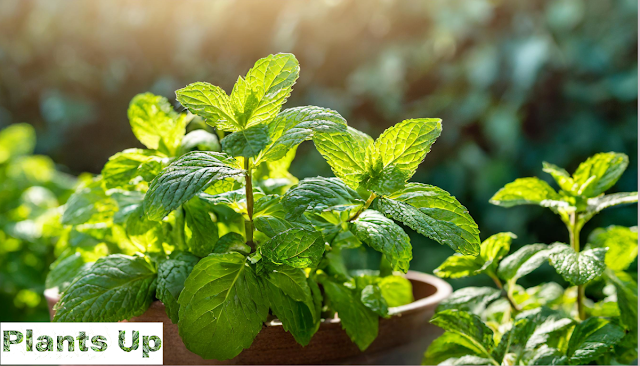 |
| Indoor Gardening for Beginners |
A Step-by-Step Guide to Growing Plants Indoors
Indoor gardening is a great way to enjoy fresh plants and herbs year-round, no matter where you live. Whether you have limited outdoor space or simply prefer the convenience of an indoor garden, there are many ways to cultivate a lush, thriving garden inside your home.
In this article, we'll provide a step-by-step guide to indoor gardening for beginners, including how to choose plants, set up a growing space, and care for your plants.
Choosing Plants for Indoor Gardening
Before you start your indoor garden, it's important to choose plants that are well-suited to growing
indoors. Consider factors such as the amount of sunlight your growing space receives, the size of your containers, and your ability to care for different types of plants. Good choices for beginners include herbs like basil and mint, leafy greens like spinach and lettuce, and easy-to-grow houseplants like pothos and spider plants.Preparing for Indoor Gardening
Once you've chosen your plants, it's time to set up your indoor growing space. You'll need to choose the right containers and soil, as well as provide the proper lighting and watering. For containers, choose pots that are large enough to accommodate your plants' root systems, but not so large that they take up too much space. Use a high-quality potting mix that contains nutrients and promotes good drainage. Make sure your plants get plenty of light, either from a south-facing window or with the help of grow lights. Water your plants regularly, but be careful not to overwater them.
Basic Indoor Gardening Techniques
Now that your plants are growing, it's time to care for them. This includes seeding and transplanting, watering and fertilizing, pruning and trimming, and repotting. Seeding and transplanting can be done in small containers or seed trays, while watering and fertilizing should be done according to your plants' specific needs. Pruning and trimming are important for maintaining plant health and encouraging new growth, while repotting is necessary as your plants outgrow their containers. Some important points are:
Lighting: Indoor plants need the right amount and type of light to grow properly. Consider the lighting conditions in your home and choose plants that will thrive in those conditions.
Watering: Overwatering or underwatering your plants can lead to a variety of problems, so it's important to know how much water your plants need and when to water them.
Fertilizing: Indoor plants can benefit from regular fertilization to promote healthy growth. However, it's important to choose the right type of fertilizer and to follow the instructions carefully.
Repotting: As indoor plants grow, they may need to be repotted into larger containers. Knowing when and how to repot your plants can help keep them healthy and happy.
Pest control: Indoor plants are susceptible to a variety of pests, including spider mites, mealybugs, and scale insects. Learning how to identify and control these pests is an important part of indoor gardening.
Choosing the right plants: Not all plants are suitable for indoor growing, so it's important to choose plants that will thrive in the conditions in your home. Consider factors such as lighting, temperature, and humidity when choosing plants for your indoor garden.
Soil type: Choosing the right soil is important for the health of your plants. Different plants have different soil requirements, so it's important to do your research and choose a soil that is appropriate for the plants you are growing.
Temperature and humidity: Indoor plants can be sensitive to changes in temperature and humidity, so it's important to choose plants that will be comfortable in the environment in your home. You may need to make adjustments to the temperature or humidity in your home to keep your plants healthy.
Maintenance: Indoor gardening requires ongoing maintenance, including regular watering, fertilizing, and pruning. It's important to set aside time for these tasks to ensure the health and longevity of your plants.
Troubleshooting Common Indoor Gardening Problems
As you care for your indoor garden, you may encounter common problems like plant diseases, pest infestations, and over- or under-watering. It's important to identify and treat these issues promptly in order to keep your plants healthy. This may involve using natural remedies, such as neem oil or insecticidal soap, or simply adjusting your watering or lighting habits.
Advanced Indoor Gardening Techniques
If you're ready to take your indoor gardening to the next level, there are many advanced techniques to explore. Plant propagation allows you to grow new plants from cuttings or other plant parts, while hydroponics and aeroponics allow you to grow plants without soil. Building a terrarium or mini-greenhouse is another fun and creative way to grow plants indoors.
Conclusion
Indoor gardening is a rewarding and enjoyable hobby that anyone can try, regardless of their level of gardening experience. With the right plants, containers, and growing conditions, you can create a thriving garden right in your own home. Use the tips and techniques outlined in this article to get started on your indoor gardening journey today!
Hope this article will help you to grow your garden.
Thanks for visiting Plants Up!
